Choose Animal-Friendly Ice Melt
This year has brought a challenging winter to most ofus in the United States. Even typically warmer and sunnier spots like Texas and Louisiana have had their share of frigid temperatures, snow, and ice. During these challenging winter conditions when we need to get to work, school, or the market – or when we just want to make sure that we have a clear path to the front door for visitors or deliveries – it is easy to reach for any ice melt product we can find to speed up the melting process and get us safely across icy patches. But when it comes to melting ice, we need to consider not only our own need to safely and easily clear our driveways and walkways, but we also need to consider what is best for our companion animals and our environment.
Many commonly available ice-melting products are made with chemicals and rock-salt which are damaging to animals’ paws and potentially toxic if ingested. If you need a commercial ice melting product, be sure to visit your local independent pet store to find a variety of ice-melts that are animal-safe and eco-friendly.
Even when choosing the safest option for your pets, there is no chemical ice melt that is 100% safe for animals and the Earth. From irritating paws to causing significant health problems if ingested, chemical ice melts are never completely friendly to animals. Avoiding them is the absolute safest but always use caution if you must use them.
Chemicals Used in Ice Melt Products
From calcium chloride to sodium chloride, there are a variety of ice melting products. Each use different chemical formulations to get the job done and each comes with varying risks to our animal companions and the environment. Many products use blends of chemicals or add other ingredients to improve efficacy, so be sure to read ingredient lists before you buy any de-icer and understand how each ingredient may affect your animal and the Earth.
Calcium chloride and sodium chloride, while effective at melting ice even at negative temperatures, are two of the least animal- and earth-friendly choices as they can damage or kill plants and harm animals. Limited exposure to small amounts may not cause health problems, but repeated or prolonged exposure could irritate skin and eyes, and ingestion of more than an incidental amount could cause gastrointestinal distress.
Two safer choices – magnesium chloride and calcium magnesium acetate (CMA) – are not without their own risks. Even with these so-called animal friendly ingredients, prolonged exposure can still irritate skin and eyes, and ingestion can cause gastrointestinal upset. The effects maybe milder than with other forms of ice melt, but you should use caution when using.
Careful Exposure to Ice Melts
If you must use any product containing these ingredients, be sure to use as little as possible, keep your pets from walking on it, and store them in areas where curious animals won’t be able to accidentally ingest them. And if you walk with your animal in public spaces where you can’t control what materials are used to melt ice, be sure to keep an eye on your animal to prevent any accidental ingestion and try to walk around heavy deposits. Some people use booties on their dogs’ paws, or apply a protective wax to their pads before walking. Always wipe the paws after walking to remove any lingering chemicals, and try a soothing balm to soothe irritated feet.
Another Way to Melt Ice
Even the safest of ice melting products can be problematic as the granules can stick in your animal’s paws and cause cuts which can lead to infections. And since most of these chemicals are made with some form of salt, your animal may find them irresistible to taste, leading to gastrointestinal upset or worse. The best choice for protecting your animal and the Earth is to avoid using chemical ice melt products altogether.
Instead, use a shovel or snow blower (electric is better than gas-powered) to remove as much snow as possible before it freezes. Some people use a heated driveway or walkway mat to do the job. If you don’t want to shovel or invest in the heated mats, if you can’t shovel the snow all the way down to the ground, or if ice forms from the moisture left behind after shoveling, you can mitigate the slipperiness by sprinkling sand, wood ash, coffee grounds, bird seed, or gravel onto the surface. These won’t melt the ice but will provide some traction, so you and your car tires won’t slip and slide. You’ll still need to thoroughly wipe your animal companion’s paws after walking to ensure no materials got stuck in them, but none of these items should cause burns or irritations on their own. Finally, you can make your own animal and earth friendly ice melt by mixing vinegar and water together in a spray bottle or by mixing warm water with dish soap and rubbing alcohol and spraying it onto the icy surface. Both DIY blends will melt the ice enough for you to shovel it away.
While we still have a few more weeks of winter, it is important to know how to keep our companion animals – and our environment –safe from the effects of chemical ice melt products. With a little extra effort, we can prevent injuries to animals and our planet while making winter driving and walking safer.







